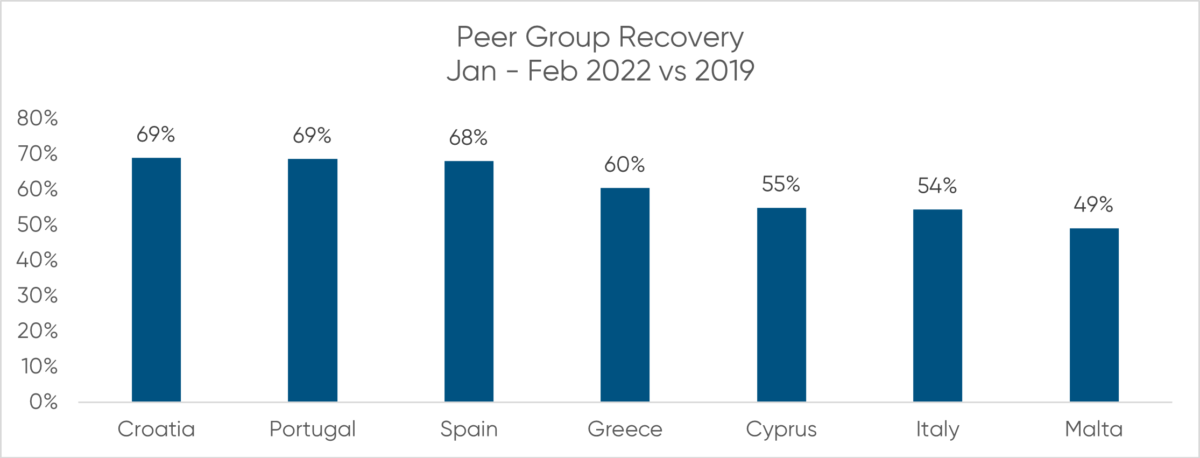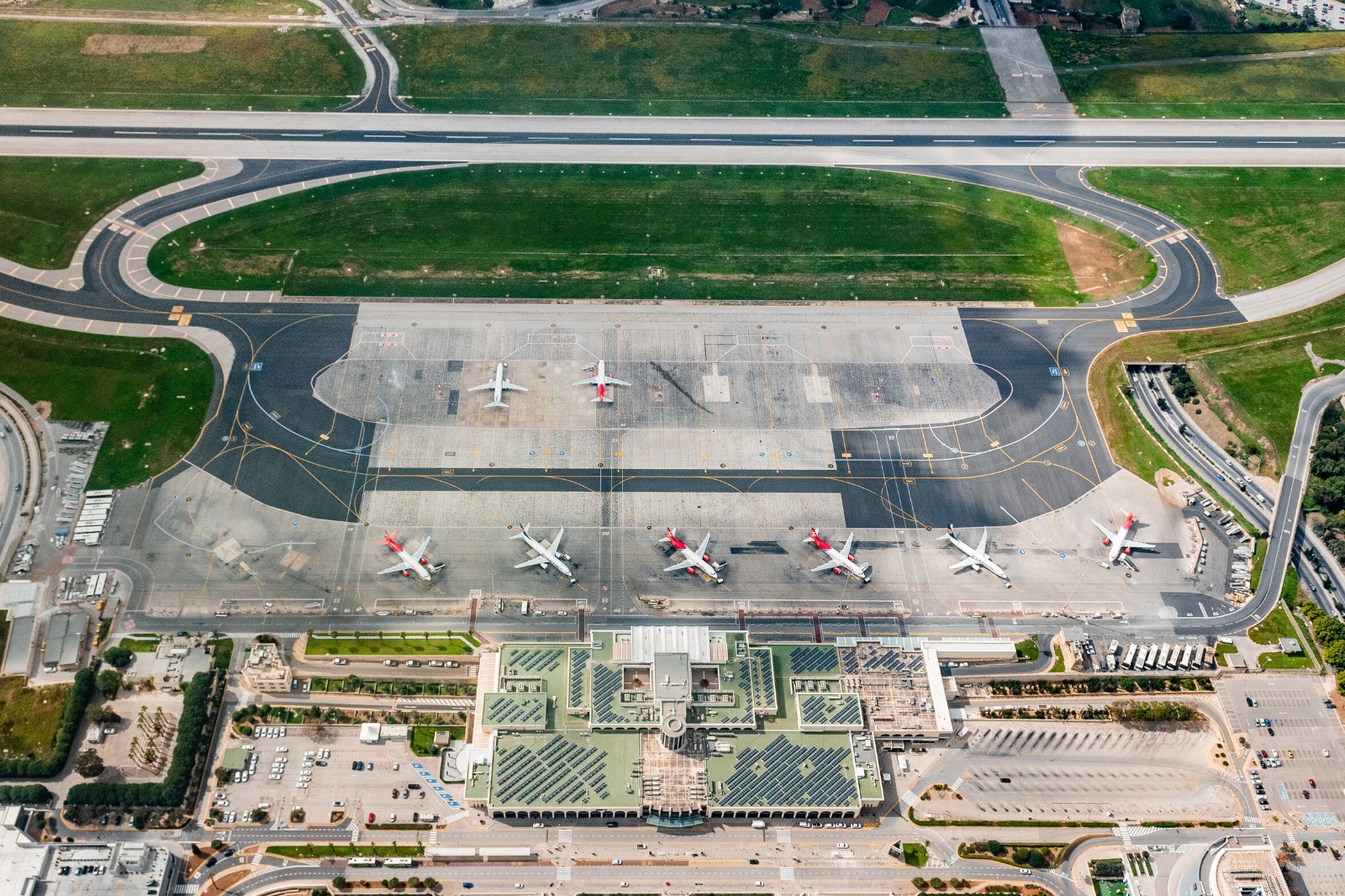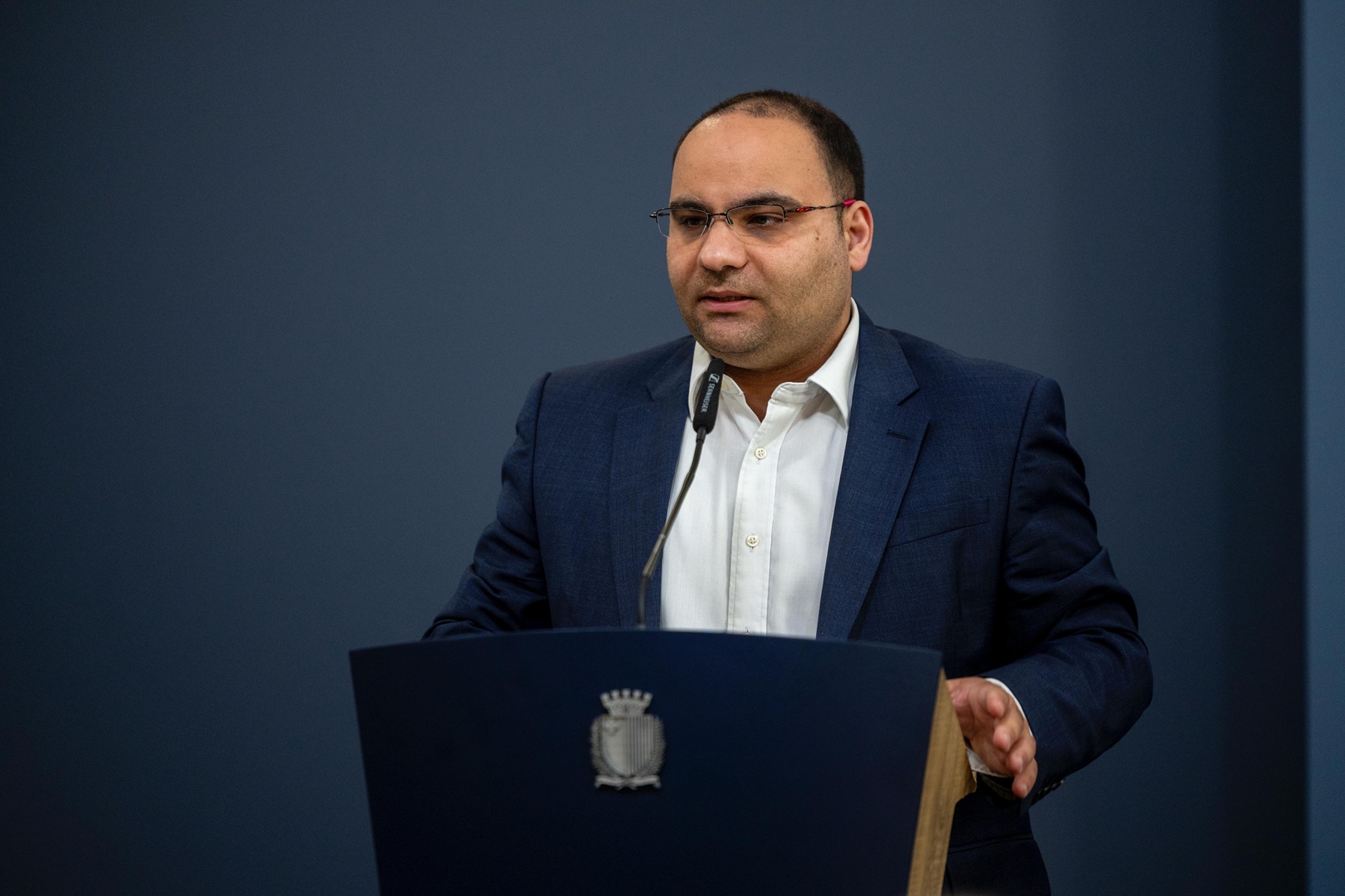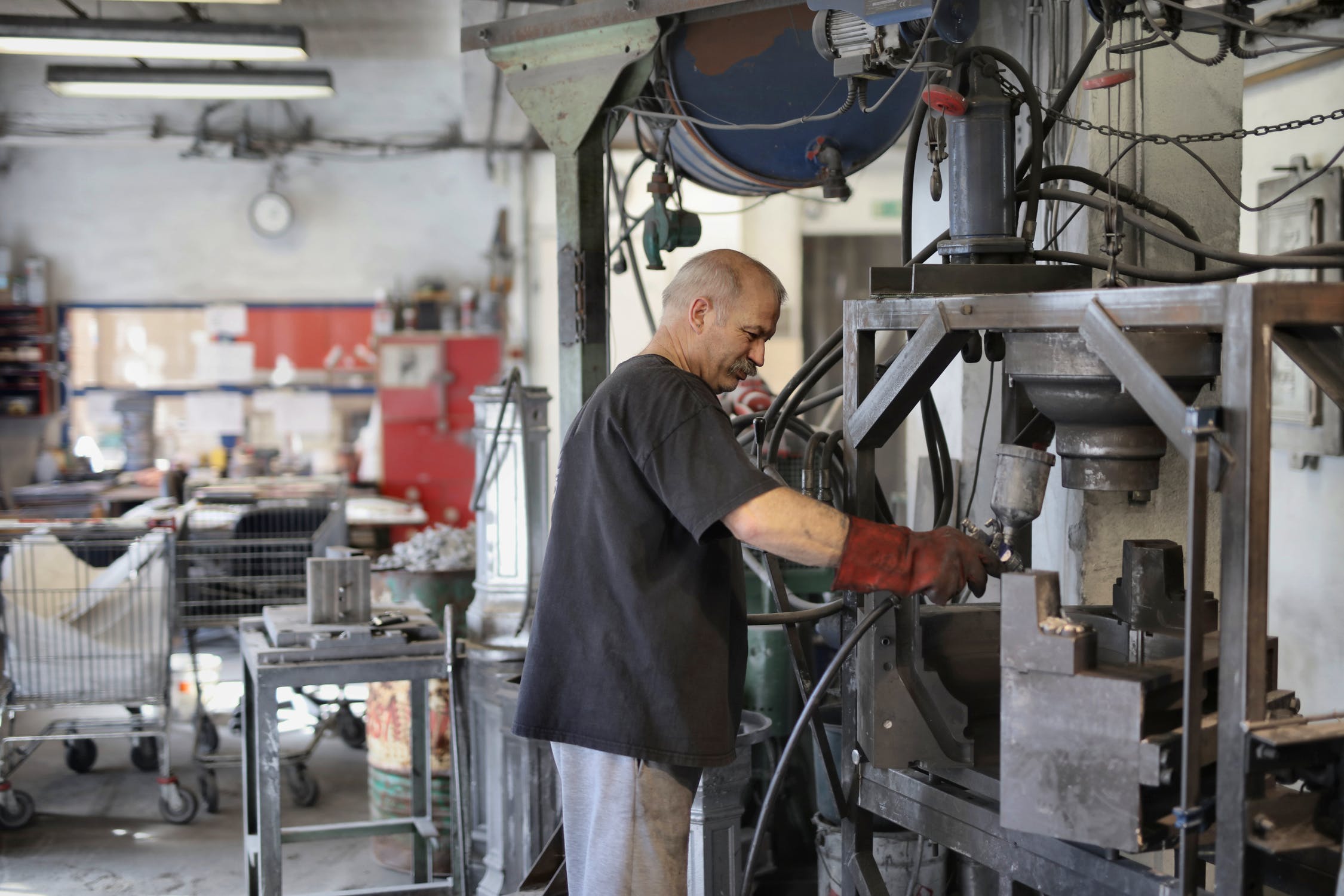Malta International Airport (MIA)’s post-pandemic recovery is lagging behind its European competitors, according to data it released on Monday from the first quarter of this year.
While data from the full first quarter is not yet available for the competitor airports, results for January and February show that the airport is recovering at a slower pace than its direct competitors.
The results come after industry stakeholders have repeatedly insisted that Malta’s tourism offering was lagging behind that of its peers due to continued COVID-related restrictions on arrivals.

The Government has taken steps to address this and as from Monday, arrivals into the country will be able to present the results of a COVID test (PCR or rapid), recovery certificate or vaccine certificate.
Of Malta’s top five markets, two countries have completely lifted COVID restrictions on travel.
A total of 14 countries connected to MIA have so far completely removed their restrictions.
MIA welcomed 316,713 passengers in March, bringing total traffic for the first quarter of the year up to nearly 673,000 passenger movements.
However, this quarterly total was still 44.1 per cent below the traffic handled by the airport during the same period in 2019.
The number of seats available on flights to and from Malta remained 35.4 per cent below pre-pandemic levels, while the seat load factor (SLF), which measures the occupancy of these seats, averaged at 65.5 per cent for the first quarter of the year. This seat load factor was 10.2 per cent below 2019 levels.
MIA’s market leaderboard for the first three months of the year saw the Italian market occupy the top spot with just under 125,000 passenger movements registered.
The United Kingdom followed with nearly 119,000 passenger movements, while France, Germany and Poland registered a cumulative total of 174,838 passenger movements.
Over 280,000 workers begin receiving bonus payment in recognition of hard work
The payment ranges between €60 and €140
India emerges as fastest-growing destination for Maltese residents
New data shows a rise in trips to India, underscoring the growing role of the Indian workforce in Malta’s economy
Alex Borg wants to make Malta a hub for cryptography. What does that mean?
He describes it as the 'invisible infrastructure of trust' in the digital world






